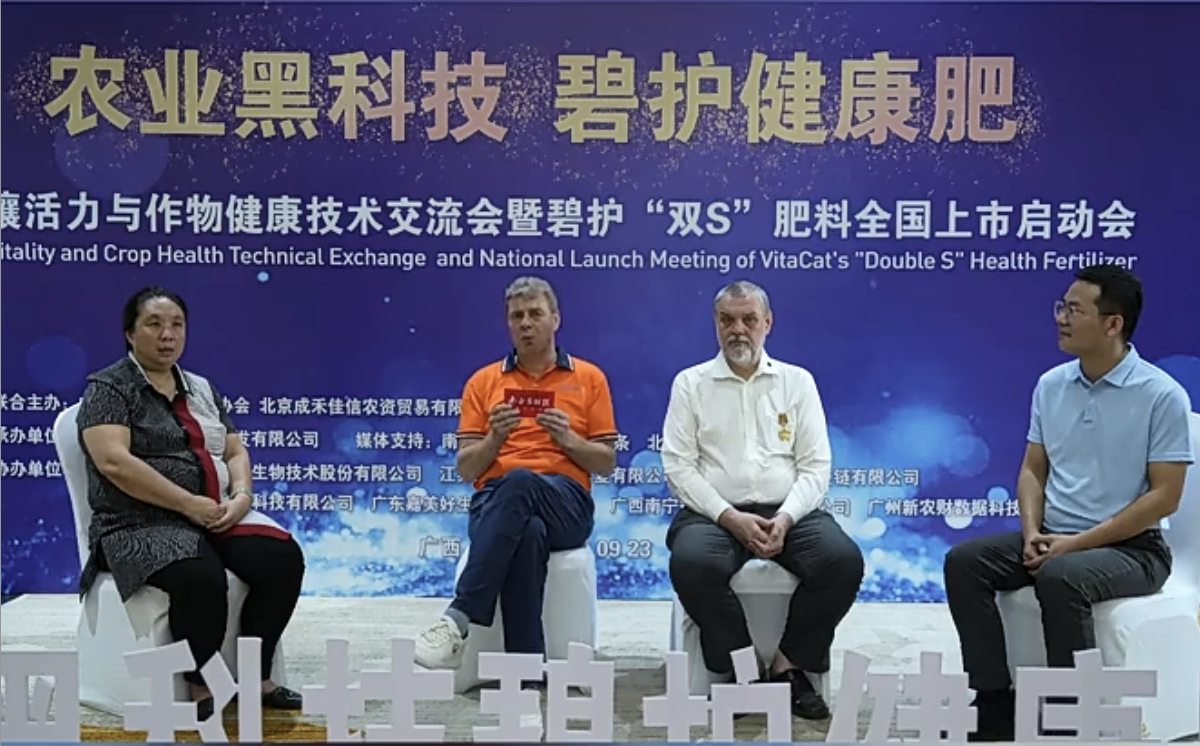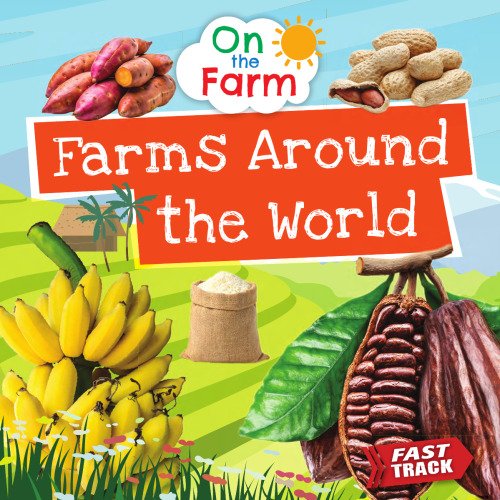
Why work for a sustainable future! Young people all over the world are standing up and taking action for the Global Goals and we want to celebrate them.
In 2015, world leaders agreed to 17 Global Goals (officially known as the Sustainable Development Goals or SDGs). These goals have the power to create a better world by 2030. Let us work together to build a better future for everyone.
Promoting Recycled Rubber Products
Working for our Planet, Paving the way for a more sustainable future in tire recycling through Scrap Tire Collection. We're moving 200-300% more used tires in every move, dramatically reducing our carbon footprint. Revolutionizing the scrap tire industry, one tire at a time. Are you joining us?
Worldwide, efforts are underway to address the issue of used tires. Tires are not biodegradable, so they need to be recycled and repurposed rather than discarded. Seas of tires still exist in dumps around the globe, but progress is being made in dealing with the problem. Championing a revolutionized approach to waste tire management, we combat environmental concerns head-on, giving businesses across the region an opportunity to make a difference, while tapping into remarkable financial benefits.
From devising the blueprint of responsible waste tire collection to curating a patented, proprietary tire compaction process, we are transforming the tire collection market as we know it, reeling in a new age of sustainability. Continually striving to better our processes, industry, and environment, we see ourselves as an extension of your community to create a safer environment for our future generation.
Lets continue doing our part to go green by using 100% recycled tire waste, to create durable, safe, rubber products that are better for everyone. Our Partner company YIFA Rubber Co. manufactures a full line of recycled rubber products ranging from interlocking tiles, to rubber landscaping products such as mulch and curb edging. As a company, we are constantly seeking to develop and implement environmentally acceptable and economically viable end-use markets for scrap tires to increase the recycling and the reuse endeavors for end-of-life regeneration of the scrap tire components for the responsible processing and eventual marketable disposal outlets.
Our overall objective is to create a sustainable infrastructure for using scrap tire resources over the long term. It is our intent to take advantage of these opportunities and be the provider of choice to recycle and transform scrap tires into its base components, create good, solid paying jobs and provide innovative solutions to the waste tire dilemma facing the World. We create products that are better for the earth as we source from 100% recycled rubber. Our partners in the industry been working diligently with recycled materials, creating innovative surfacing and landscape products for the last 15 years. Our partners across the world are making highest quality materials while providing a sustainable green solution to saving the earth.
Read more: https://www.safetyresearch.net/Library/Used_Tires.htm
Yogeshwar Krishi: The Community based Indian Agricultural Movement
The concept of Yogeshwar Krishi is one of the institutions of the movement and is only initiated in villages where more than 40 per cent of the population has become Swadhyayi . This is necessary for the sustenance of the operations. The permission to start Yogeshwar Krishi is taken after considering the sustainability of the experiment and the commitment of the local Swadhyayi populace. Under Yogeshwar Krishi , land is not owned. It is either rented or leased. Even where a Swadhyayi wants to donate land for Yogeshwar Krishi , it is not accepted. Payment is made as lease rent or rent as per the prevailing market prices.
The size of an average Yogeshwar Krishi farm is approximately 1.5 to 2 hectares. Every Swadhyayi village has three "elder brothers". They are normally selected by the community on the basis of their experience, commitment and the time they can devote to Swadhyay work. Any form of election is strictly prohibited. It is only selection. The elder brothers are jointly responsible for the management of the farm but all decisions regarding the crops to be sown, the time of harvesting, marketing of the produce and irrigation, among other things, are taken in consultation with the Swadhyay family. It is a form of collective decision-making. The system operates on trust, and paperwork and formalism are kept to a bare minimum. No case has been reported so far of the elder brothers deliberately taking a decision to the detriment of the community or in their own self-interest.
The appointment of labours is made according to the season. The days are fixed for each Swadhyayi willing to undertake Shram Bhakti . The author have visited at least five to six villages practising Yogeshwar Krishi . The author invariably found Swadhyayis working on the field without any supervision and I found them highly motivated. The author observed that Yogeshwar Krishi also acts as a centre of agricultural research and dissemination of sustainable technology. The use of chemical fertilisers and pesticides has been discouraged, and there is increasing reliance on biomanures and indigenous pesticides. Vermiculture compost has been introduced into villages, and has been taken up by the villagers on a very large scale.
Another achievement worth mentioning is the use of groundwater resources and the recharging of wells. About decade ago, depletion of groundwater had led to the ingress of sea water in coastal regions. However, Swadhyayis began recharging the wells by a number of simple techniques. Almost 80,000 wells were recharged in Veeraval itself.
Distribution and sharing of resources has always been a problem. Swadhyay has a simple solution. Two-thirds of the produce is remitted to the Central Trust in Mumbai. The remaining is used by the village community. Yogeshwar Krishi has a bank account in which the sale proceeds are deposited. These can be used for the development of the farm. More commonly, they are used to taking care of the needs of the community.
It is primarily a community movement deriving sustenance from individuals of the community and is self-sustaining. It is something the like of which both governments and ngo s have never known. Perhaps the independence of village economy conceived by Mahatma Gandhi and discussed elaborately in his book Hind Swaraj , is the only comparison.
______________________________________________________________________________________________________________
A Brief note about what is Swadhyay movement in India. Swadhyay, which literally means study of the self, is a movement that has introduced realistic social change in India's rural communities. The Swadhyay, movement that has already worked miracles unknown to the government. The movement is based on the philosophy of Panduranga Shastri Athwale, popularly known as Dadaji. His teachings focus on spiritual upliftment of the individual. Dadaji believes that this can only come through a strong faith in god, for which the movement uses strong religious symbols. But this does not imply that Swadhyay is limited to any particular religion.
In the Swadhyay approach, poverty is not something born out of exclusively physical factors. It has more to do with mental status. There are stages of poverty, and the first of these is mental poverty, which leads to self-limiting social, economic and religious practices.
There are about 23 different institutions developed within Swadhyay. Each one of them is comprehensive, yet linked to the main process. Dadaji has used strong symbols and interpretations of traditional religious rites to establish that the devotion of labour is the most powerful form of devotion. Every Swadhyayi is expected to offer two days of labour every month to god, in other words to the society. This is known as Shram Bhakti.
Swadhyay is a semi-religious fraternity that has been functioning in 80,000 villages of 12 states in India, of which approximately 12,000 to 15,000 villages are fully Swadh-yayi . For want of empirical studies, it is difficult to establish the extent of this movement in any precise terms. The movement's modest beginnings can be traced back to 1958, when only 19 volunteers participated in its first devotional tour. Today, it has more than 70,00,000 followers.
Theoretical framework Swadhyay literally means study of the self, or introspection. It starts with the underlying principle that all people are children of the same god. Swadhyay believes in the universality, equality and brotherhood of humans. Yet, there are barriers, such as religion, caste, ownership of resources, colour, learning, which draw distinction between human beings. Swadhyay does take cognisance of the fact that the human society has become exploitative in character. Perhaps the worst form of denial that a society can practice is that of learning.
Disclaimer: This article i© Copyrighted to Down To Earth 2025; The article is reproduced from the magazine `Down To Earth’, and this special article is authored by Mr. B K Sinha, who is coordinator at the land reforms unit, Lal Bahadur Shastri National Academy of Administration, Mussoorie, India;
How beauty could save the world
A beautiful article link from Substack author Alex Krainer
The beautiful alternative
What if, instead of industrial hyperproduction we made craftsmanship great again? We’d produce less stuff, but the stuff would be more valuable, more beautiful and more durable. Instead of discarding and replacing things, we’d repair and maintain them. This approach would reduce the demand for resource extraction, waste and environmental devastation. It would also absorb a great deal of productivity and surplus labor, which has been a serious problem of the Western societies since the industrial revolution. read more
Bihu Beijing and BRICS Institute Join Hands for Sustainable Future
It all began with an idea by Madam Elizabeth Hu, who is popularly known as `BiHu Mama.
It all began with an idea by Elizabeth Hu., who is popularly known as BiHu Mama. let us know first what is Bihu (also known as SG Crop Solutions) doing in China and the world. The company's core focus is the introduction and promotion of world-leading plant health management technologies, including the renowned "Bihu" product series. Bihu products specialize in solving critical challenges in crop cultivation, such as abiotic stress (drought, waterlogging, frost), quality enhancement, and soil health. We provide safe and highly effective biological solutions for cash crops like fruit, vegetables, and sugarcane. Supported by a professional technical team and localized services, Bihu Nanning Company aims to be the most trusted agricultural technical service provider in Southern China, helping farmers increase yield and income while promoting sustainable farming practices.
Deeply embedded in local farming communities, offering targeted solutions, Bihu Nanning Company serves as a key strategic hub and operational center in Southern and Southwestern China for Germany's AGFLEVOLAB Agricultural and Environmental Biotechnology Co., Ltd. Guided by the core philosophy of "Originating from Nature, Returning to Harmony," the company is dedicated to integrating globally leading plant-based biostimulant technologies and products. Its mission is to provide efficient, ecological, and safe comprehensive solutions for modern Chinese agriculture.
As the core entity for the Bihu brand in Guangxi and surrounding regions, the Nanning branch is not only responsible for market development and sales services but also functions as an integrated platform for technical promotion, demonstration trials, farmer training, and industry collaboration. With a deep understanding of the challenges faced in Chinese agriculture, particularly in the cultivation of tropical and subtropical cash crops, the company leverages premium German-origin products like "Bihu" and "COMPO" to deliver remarkable results in areas such as crop stress resistance, quality improvement, yield increase, soil remediation, and integrated pest management.
Looking forward, Bihu Nanning Company remains committed to its roots in Nanning, serving Guangxi, and radiating its influence nationwide. Through innovative technology and dedicated service, it will continue to collaborate with farmers, cooperatives, and agribusinesses to advance green and sustainable agricultural development, contributing our expertise to protect the environment and ensure the safety and supply of agricultural products.
Make it stand out
Whatever it is, the way you tell your story online can make all the difference.
for more details about Bihu (SG Products & Solutions) please visit this link: www.sgcropsolution.com






